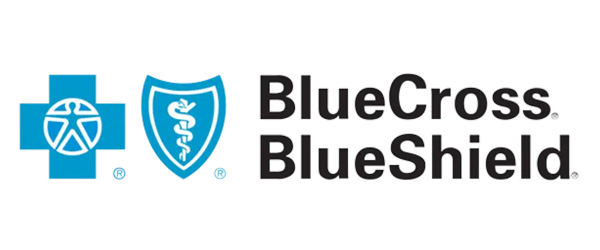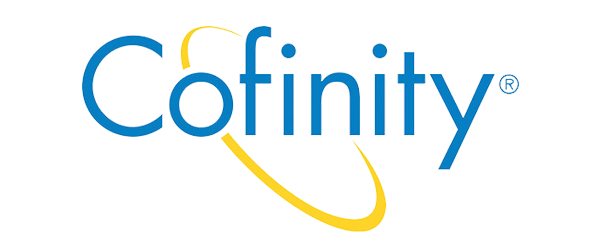When alcohol or drugs causes a person’s life to spin out of control, it can prove difficult to face the facts that they need to get treatment. Someone in this position has a lot of questions about what kind of care they need. Outpatient care is a popular option, which leads many people considering it to ask, “How long is an intensive outpatient program?” Tampa Bay Recovery provides this highly effective type of treatment to help people overcome their substance use disorders. In this article, we examine the time frame and what influences how long a person stays in the program.
What is an Intensive Outpatient Program?
There are two basic types of treatment for drug and alcohol addiction. The first is residential and requires a person to temporarily live in a facility while they receive care around the clock. The other type is outpatient treatment, which allows the individual to live at home or in a sober living home while going to therapy sessions during the day.
There are three levels of outpatient care. The highest level is a partial hospitalization program (PHP), which works well for people with severe addictions who have completed residential care or don’t qualify for it. The second level is an intensive outpatient program (IOP) and works well for people who already have completed previous addiction treatment services. The least focused level of care is an outpatient program (OP), which is typically the last type of treatment a person receives.
How Long is an Intensive Outpatient Program?
A common question before entering IOP is, “How long is an intensive outpatient program?” There isn’t just one set amount of time that works for everyone. Several things can influence how long a person should remain in an IOP plan. These include how long they have had their addiction, how often they used substances, and the withdrawal symptoms they experience. As well, how much a person commits themselves to the healing process and fully participates in their therapy sessions determines how long they need to stay in a program.
For most people, a minimum of 60 days in an intensive outpatient program provides good results. Having said that, many professionals recommend a commitment of 90 days or more. This helps a person really learn how to change their thinking patterns and replace the urge to use substances with healthy coping skills. In fact, the longer a person stays in a treatment program, the more likely they are to remain sober for the long haul.
How often a person attends therapy sessions during IOP can vary. Someone new to the program will usually attend appointments several days a week for a few hours per day. As they make progress and become more practiced at staying sober, they may need to attend fewer sessions. The person’s treatment team will make ongoing assessments to determine if the schedule needs to be adjusted.
Types of Therapy Used in Intensive Outpatient Programs
When someone seeks treatment for an addiction to drugs or alcohol, they get good results when they attend more than one type of addiction-related therapy. For this reason, we provide multiple types of therapy to help people understand the nature of their substance use disorder and how to leave it behind permanently. The types of therapy we provide include:
Individual therapy: One-on-one sessions with a therapist provide the person with a safe space to open up about their lives and emotions.
Family therapy: Family members come together and are led by a therapist to communicate more effectively and learn to support their loved one’s recovery.
Holistic therapy: This therapy supports the idea that a person must heal their mind, body, and spirit simultaneously in order to achieve true recovery.
Trauma therapy: This helps people whose past trauma contributed to their development of an addiction.
Eye-movement desensitization and reprocessing therapy (EMDR): This is the use of directed eye movements under the care of a therapist to help heal the effects of past traumatic events.
Brainspotting: Similar to EMDR, brainspotting therapy also uses certain eye positions to help heal trauma.
Medication-assisted treatment (MAT): This is the combination of talk therapy and the use of prescription medications.
Red Light therapy: This is the non-invasive use of non-infrared light to help heal conditions like depression, anxiety, and substance use disorders.
Begin Treatment in Tampa, FL Today
No one sets out to abuse alcohol or drugs, but once they develop an addiction, it affects all areas of their lives. For many people, the best option for focused treatment is attending an outpatient treatment program. How long is an intensive outpatient program? It depends on the severity of the person’s addiction, but in general, a minimum of 60 days will provide them with many tools they need to stay strong in their sobriety. However, we encourage people to stay longer in order to maximize their ability to resist relapsing.
Reaching out for help for an addiction can feel scary, but we make it easy. Visit our Tampa Bay Recovery admissions page now and talk to one of our friendly staff members to find out how we can help you become sober for life.






